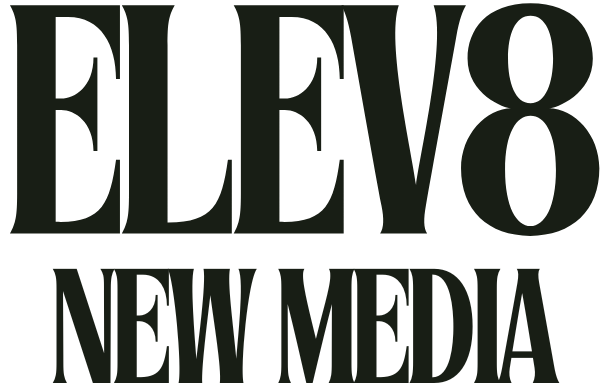Despite how distracted modern society has become due to the omnipresence of social media, press releases are still remarkably effective in terms of their ability to promote a brand or message. The central role of the classic press release among the duties of a public relations (PR) executive has changed very little. Still, due to the dynamic nature of our ever-changing media landscape, it’s imperative that organizations adapt the strategies in place behind their press releases.
Today’s frenetic media environment is way too noisy and crowded for an organization to simply rely on “pushing” a press release through traditional channels in the hope that it will merit enough attention to make a measurable difference in their company. In fact, most modern press releases offer little in terms of “reader value.” They more closely resemble a confusing mashup of sales and promotional efforts than any kind of useful, newsworthy information about their brands or products. While the sheer spectacle of modern advertisements are in one way useful to the financial community, certain considerations must be made to ensure your press release is truly substantive, timely and relevant.
An ever-growing percent of Americans get their news online today. To be successful, a press release must be tailored to stand out amid a media environment teeming with competing messages. When the attention span of consumers has been reduced to split seconds, timing is everything. With a solid PR strategy in place to support a well-timed press release, your company can still be very successful in drawing new attention to your name, brand or product.
For organizations that want their press releases to have an impact in our society, the following strategies should prove very resourceful:
Today, one of the worst mistakes an organization can make in its press release strategies is to “release it and forget it.” A press release can no longer be trusted to achieve much on its own anymore. However, effective PR executives have discovered that they can amplify the message in their press releases when they are utilized as merely one component of a more extensive marketing or promotional strategy. To this end, the goals of PR executives and marketing professionals are often closely aligned with one another: building brand awareness, for example, as well as increasing sales. Today, effective PR executives should consider collaborating more frequently with their sales and marketing counterparts to distribute their press releases as part of a broader sales and marketing campaign.
Associating With Buzzworthy Topics
Now more than ever, PR executives should adopt a strategic mindset, which means monitoring what topics generate headlines or are deemed “buzzworthy.” Associating your message with current “hot topics” is a fantastic strategy for writing press releases that can paint your organization as a thought-leader among your industry. This can also be a clever way of captivating the interest of industry reporters, who are more likely to write a quick follow-up article on a particularly hot topic, further increasing a brand’s visibility.
‘Perfect’ Timing
PR executives should make every effort to closely track what is trending in the media. Timing your press release to coincide with trending topics can help leverage your message dramatically and make it more “newsworthy.” Adopting this strategy enhances your chances of getting the attention and coverage you desire. According to a compilation of many press release studies, Monday through Wednesday appear to be the most effective three days for distributing press releases, with several indicating Tuesday wins out as the day with the highest likelihood of getting clicks on your pressers.
Increasing Interactivity
This is one of the key distinctions of modern press releases—the fact that they have become increasingly more interactive. This suits our society quite well, as we grow more and more digital by the day. By including videos and links to additional resources that can better support the topic of your press release and add value to its message, your organization could have a much greater chance of successfully attracting the right people.
Remember, our modern society is highly digital and mobile. PR professionals are largely aware of this fact, and that is why modern press releases are rapidly morphing into the more interactive and engaging type of media events that we’ve seen over the past few years. The best press releases are reaching their target audiences sooner and more effectively by integrating these visuals and links.
Don’t Over-Promote
It may sound counterintuitive, but in today’s media landscape, the potential for oversaturation of your message must be considered as well. Reporters and media channels are more likely than ever to do their own analysis of your press release and evaluate it for its newsworthiness. On a similar note, a PR executive shouldn’t count on their reporter relationships to help them hawk their wares on the market, either. The journalist’s primary role remains to promote actual newsworthy information to their readers or viewers. While your goals may ideally work in tandem, it remains a dangerous risk to the integrity of all parties to blur the lines between journalism and glorified advertising.
Our society is inundated constantly with persuasive messages and information. Utilizing PR professionals to help shape your message will ultimately give you a competitive edge. By adopting the above strategies, your organization could be much more likely to create powerful press releases that can finally get your organization the attention it desires and deserves.




